
NewsInformation Center
Mask testing standards and requirements
2023/03/03
Masks are generally divided into three main categories: medical masks, industrial protective masks and civil masks. Their application scenarios, main features, implementation standards and production processes are all more different. The following is a detailed introduction.
Disposable medical masks
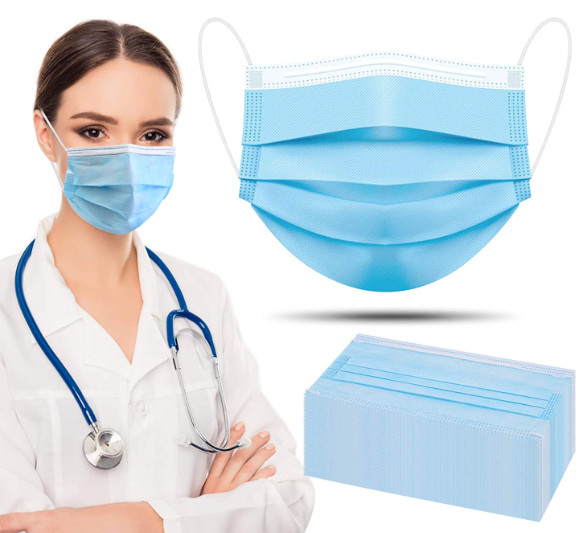
Disposable medical masks are used in general medical environments and do not have excessive requirements for tightness and blood barrier.
Disposable medical mask testing
Implementation standards
YY/T0969-2013 "Single-use medical masks
Inspection items
Appearance, structure and size, nose clip, mask band, bacterial filtration efficiency (BFE), ventilation resistance, microbiological indicators, ethylene oxide residue, cytotoxicity, skin irritation, delayed hypersensitivity reaction.
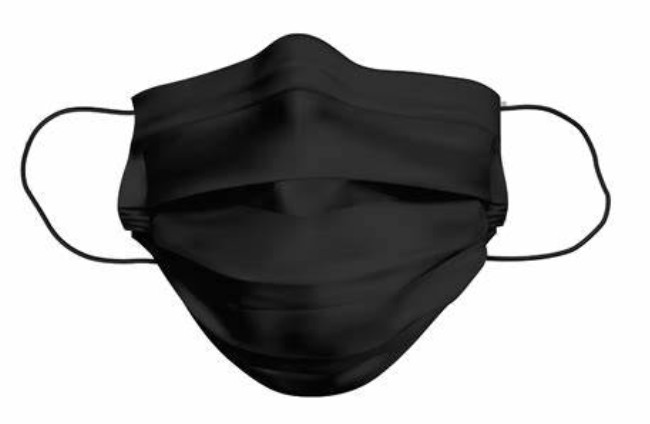
Daily protective masks

Good filtering performance for particulate matter in air pollution environments in everyday life.
Testing of everyday protective masks
Implementation standards
GB/T32610-2016 Technical Specification for Daily Protective Masks
Inspection items
Appearance, colour fastness to rubbing (dry/wet), formaldehyde content, pH value, decomposable carcinogenic aromatic amine dyes, ethylene oxide residue, inhalation resistance, exhalation resistance, breaking strength of the mask band and the connection between the mask band and the mask body, fastness of the exhalation valve cover, microorganisms, filtration efficiency, protection effect, view under the mask.
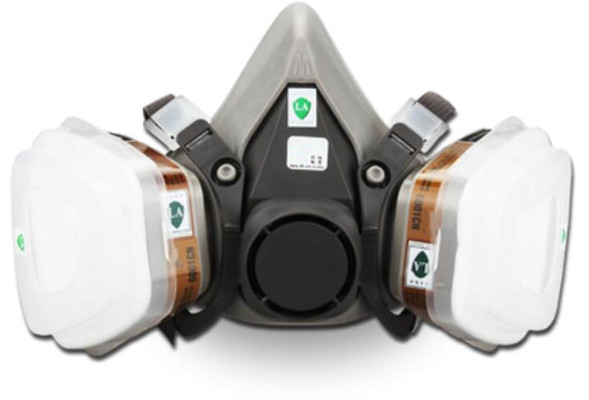
Industrial protective masks

The masks are generally used in special industrial places, such as paint spraying, cement production, sand raising, steel processing and other work environments where a large amount of dust, iron filings and other fine particles are generated, and are compulsory for use by the state in special types of work. It can effectively protect against inhalation of dust and other fine particulate matter and is divided into KN type and KP type according to its filtration performance.
Industrial protective masks testing
Implementation standards
GB2626-2006《Respiratory protective equipment self-priming filtered anti-particulate respirator
Inspection items
Appearance, filtration efficiency, exhalation valve, breathing resistance, dead space, field of vision, headband, connection and connecting parts, flammability, marking, leakiness, lenses, airtightness.
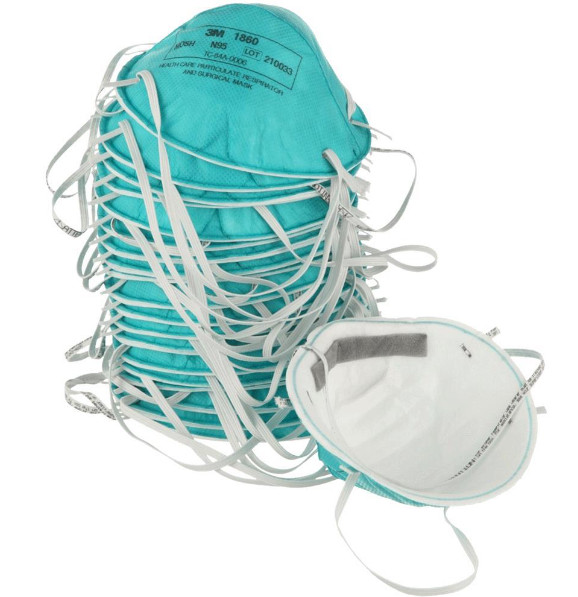
Medical surgical masks

Used by clinical staff in invasive procedures such as surgery to block blood, body fluids, and some particulate matter, commonly in earbands and lace-ups.
Medical surgical masks testing
Implementation standards
YY0469-2011 "Medical Surgical Mask
Inspection items
Appearance, structure and size, nose clip, mask band, synthetic blood penetration, filtration efficiency (bacteria, particles), pressure difference, flame retardancy, microorganisms, ethylene oxide residue, cytotoxicity, skin irritation, delayed hypersensitivity reaction.
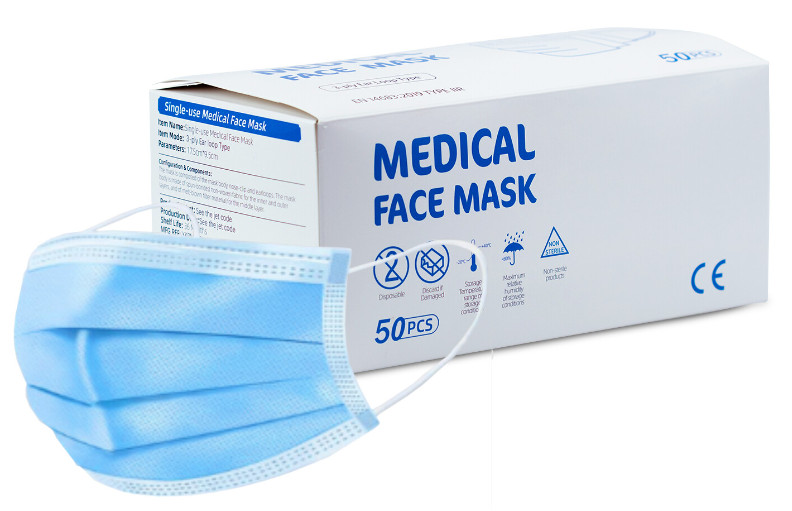
At present, the main standards tested by the mask testing equipment are: particle filtration efficiency (PFE), air permeability (BFE) and air permeability (VFE) of the mask, as well as the absorption performance, antibacterial property, water resistance, corrosion resistance and deformation resistance of the mask. sex etc.
Medical protective masks

Suitable for use in medical work environments to filter airborne particles, block droplets etc. and protect against airborne respiratory infections. It is an airtight, self-absorbing and filtering medical protection disposable, commonly available in arch and folded forms.
Testing of medical protective masks
Implementation standards
GB19083-2010 Technical Requirements for Medical Protective Masks
Inspection items
Basic mask requirements (appearance), nose clip, mask band, filtration efficiency, airflow resistance, synthetic blood penetration, surface moisture resistance, microorganisms, ethylene oxide residue, flame retardant performance, tightness, skin irritation
How to test the quality of masks?
At present, the main standards tested by the mask testing equipment are: particle filtration efficiency (PFE), air permeability (BFE) and air permeability (VFE) of the mask, as well as the absorption performance, antibacterial property, water resistance, corrosion resistance and deformation resistance of the mask. sex etc.
Previous: Medical gloves puncture resistance tester
N e x t : How to use the Packaging matirial bursting tester: A step-by-step guide



